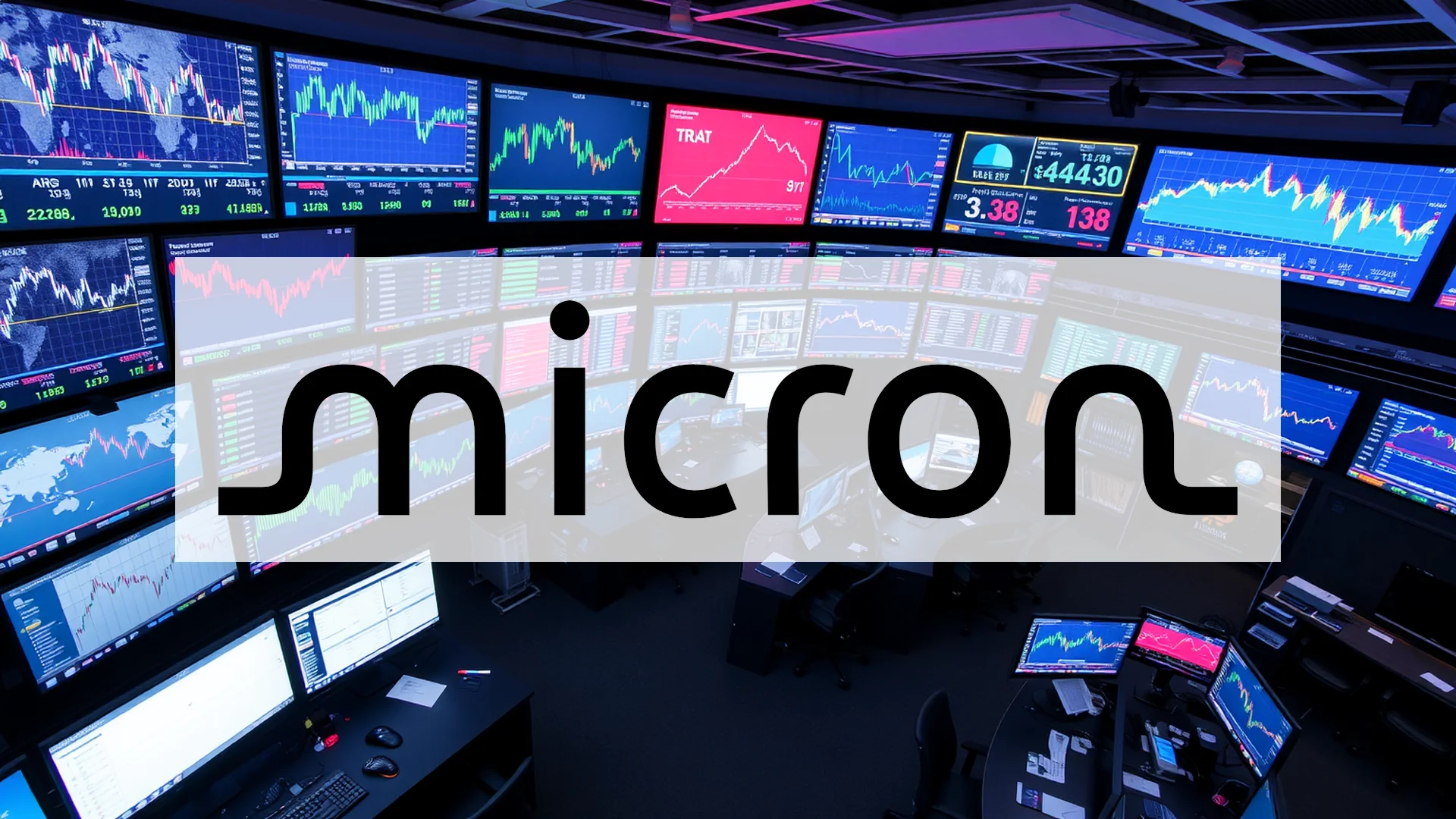Intel Corporation is implementing another significant round of staff reductions, with Oregon facilities facing particularly severe cuts. The chipmaker plans to eliminate 669 additional positions by the end of 2025, bringing this year’s total workforce reductions in the state beyond 3,100 employees. This aggressive cost-cutting initiative under CEO Lip-Bu Tan’s leadership raises critical questions about the company’s ability to execute a successful turnaround in an increasingly competitive semiconductor landscape.
Financial Pressures Mount
Behind Intel’s public transformation narrative lies a troubling financial reality. The corporation recorded substantial losses approaching $19 billion during the 2024 fiscal year. Meanwhile, share dilution expanded by 11% over the past year, with earnings per share continuing to face significant pressure.
The recent workforce reductions form part of a comprehensive restructuring program designed to create what management describes as a “leaner, faster, and more efficient organization.” Earlier this summer, the company eliminated approximately 2,500 positions in Oregon alone. The state’s workforce has consequently contracted dramatically from its previous level of 23,000 employees to roughly 18,000 currently.
Capital Infusion Provides Temporary Respite
Some financial relief has emerged from unexpected quarters. During the third quarter of 2025, Intel secured $5.7 billion in government funding as part of a broader $8.9 billion agreement with the Trump Administration. This public support was complemented by strategic private investments, including a $2 billion commitment from SoftBank and a substantial $5 billion injection from Nvidia.
These capital investments provide crucial breathing room for Intel’s operational restructuring. However, market observers question whether these funds will prove sufficient to close the competitive gap against industry leaders like Taiwan’s TSMC and AMD.
Mixed Performance Metrics
Intel’s third-quarter results initially appeared stronger than anticipated. Revenue reached $13.7 billion, representing 3% year-over-year growth, while adjusted earnings per share came in at $0.23, exceeding analyst projections. A deeper examination reveals concerning underlying trends, with extraordinary items contributing $3.9 billion to the final results.
Should investors sell immediately? Or is it worth buying Intel?
The company’s fourth-quarter outlook disappointed market participants, with projected revenues forecast between $12.8 and $13.8 billion. This cautious guidance has reinforced analyst skepticism, with most maintaining “hold” recommendations and eight firms advising clients to sell their positions. The average price target currently stands at $34.84.
Key Challenge Areas:
• Data center division revenue contracted by 1% to $4.1 billion
• Competitive disadvantage against Nvidia in the rapidly expanding AI chip sector
• Capital expenditures projected to increase to $27 billion in 2025 (up from $17 billion)
• Continued losses in contract chip manufacturing compared to TSMC
Market Volatility Reflects Uncertainty
Intel’s share price performance mirrors the company’s operational instability. Despite posting impressive gains of nearly 57% year-to-date, the stock has demonstrated considerable volatility. From its October peak of €35.66, the equity has surrendered over 13% in recent weeks.
Whether these drastic workforce reductions and multibillion-dollar investments will successfully restore Intel’s industry leadership remains uncertain. The corporation is simultaneously battling on multiple competitive fronts, with time increasingly becoming a critical factor in its turnaround efforts.
Ad
Intel Stock: Buy or Sell?! New Intel Analysis from November 14 delivers the answer:
The latest Intel figures speak for themselves: Urgent action needed for Intel investors. Is it worth buying or should you sell? Find out what to do now in the current free analysis from November 14.
Intel: Buy or sell? Read more here...










